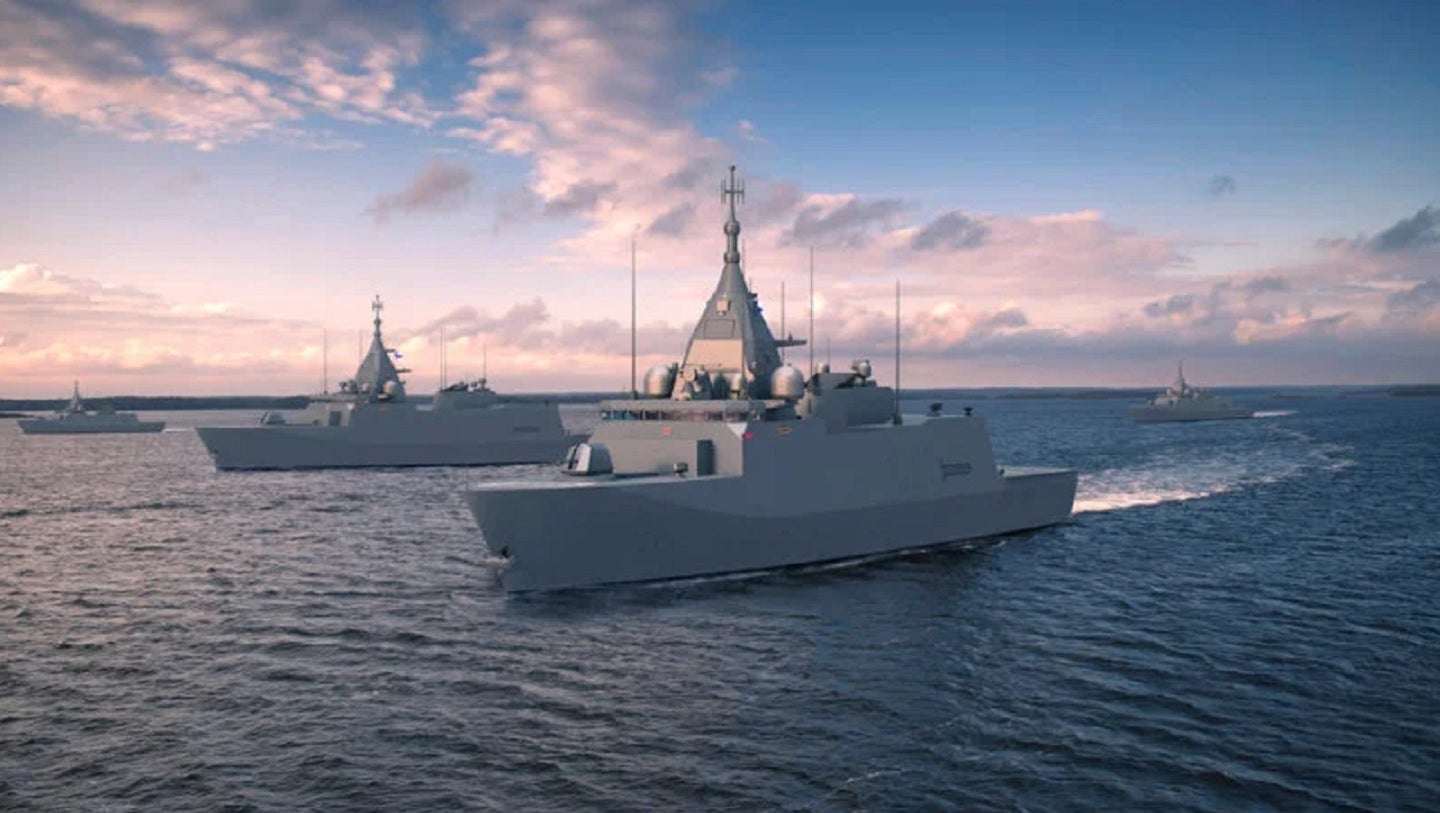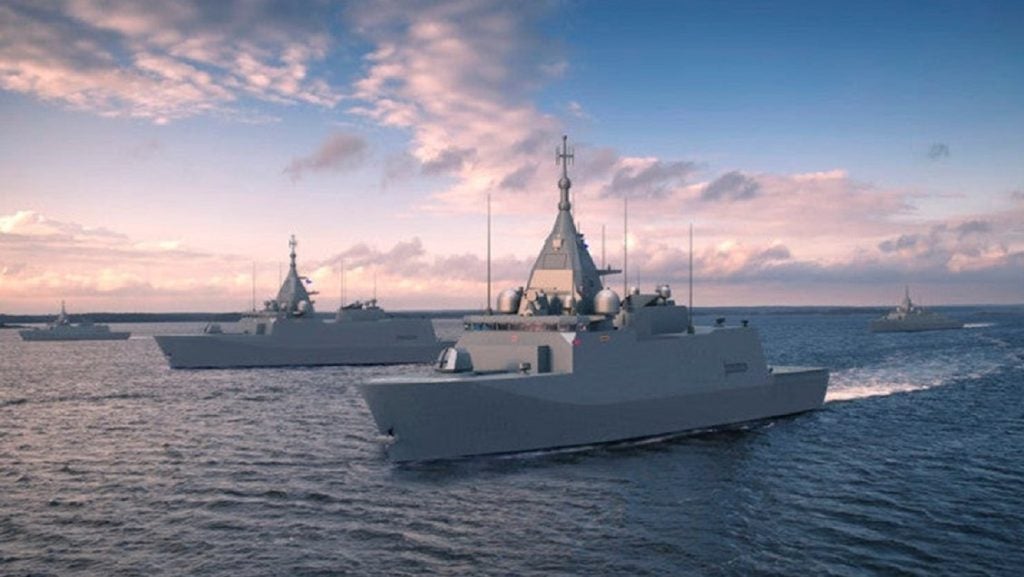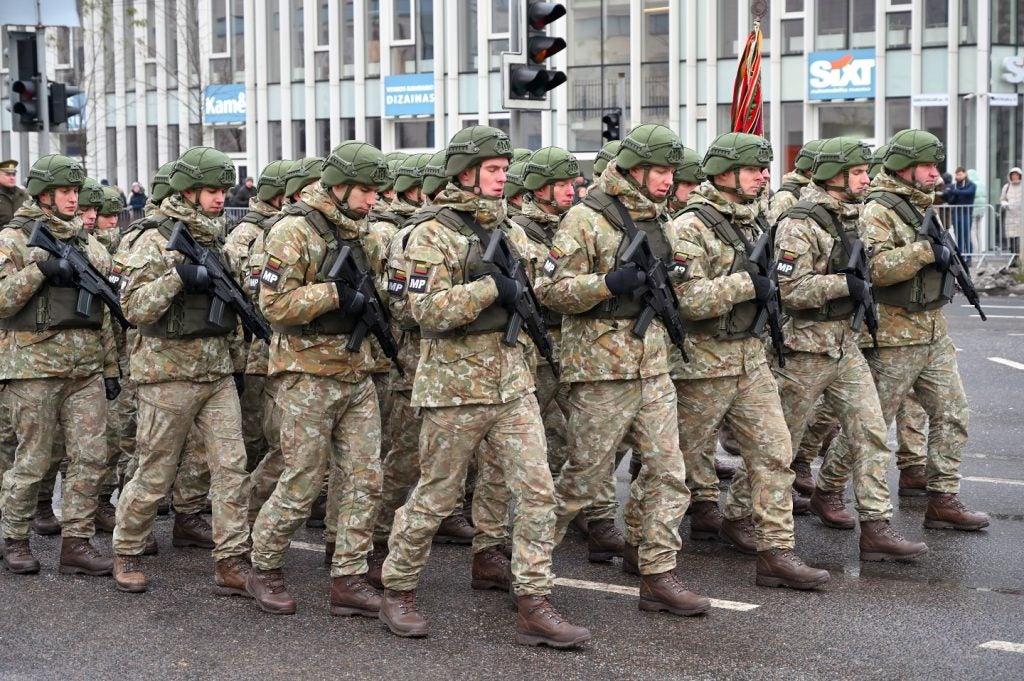
Construction of the first of Finland’s Pohjanmaa-class multirole corvettes will finally get underway by the end of 2023, according to an official release from the Finnish Navy.
The corvette development is part of the €1.23bn ($1.36bn) Squadron 2020 project, which will replace seven ageing vessels of the Finnish Navy. The Rauma Marine Constructions shipyard will construct the Pohjanmaa-class multi-role corvettes in Rauma, Finland.
Finland’s Defence Forces Logistics Command signed the shipbuilding contract with Rauma Marine Constructions for four Pohjanmaa-class corvettes in September 2019.
According to Finland’s MoD, construction will continue until 2029 for the delivery of the programme, as a result of which has issued a call for technical experts to join the build, citing “delays in the initial build phase” of the project. The first-in-class vessel is planned to be operational by 2027.
Training for personnel expected to crew the vessels is also underway “in Finland and abroad”.
The multirole corvettes will be capable of undertaking a range of missions such as anti-surface, anti-air and anti-submarine warfare, maritime surveillance, as well as mine-laying missions.
Situated on the Baltic Sea, the development of the Pohjanmaa corvettes will add a crucial capability to Finland’s naval forces, following the country’s recent accession to Nato.
In terms of kinetic systems, the Pohjanmaa corvettes will be equipped with a Bofors 57mm naval gun, a type commonly used by Nato naval, in addition to two Trackfire remote weapon stations with small, medium and heavy machine guns, automatic grenade launchers and lightweight medium-calibre cannons.
The ITO20 surface-to-air missile system on the corvette will integrate Mk 41 vertical launchers for firing 32 Evolved SeaSparrow Missiles, and will also be armed with eight Gabriel 5 surface-to-surface or anti-ship missiles.
Saab lightweight torpedoes (SLWTs) and naval mines will be installed onboard the ships for anti-submarine warfare. The SLWT can engage enemy submarines at a maximum depth of 300m.








